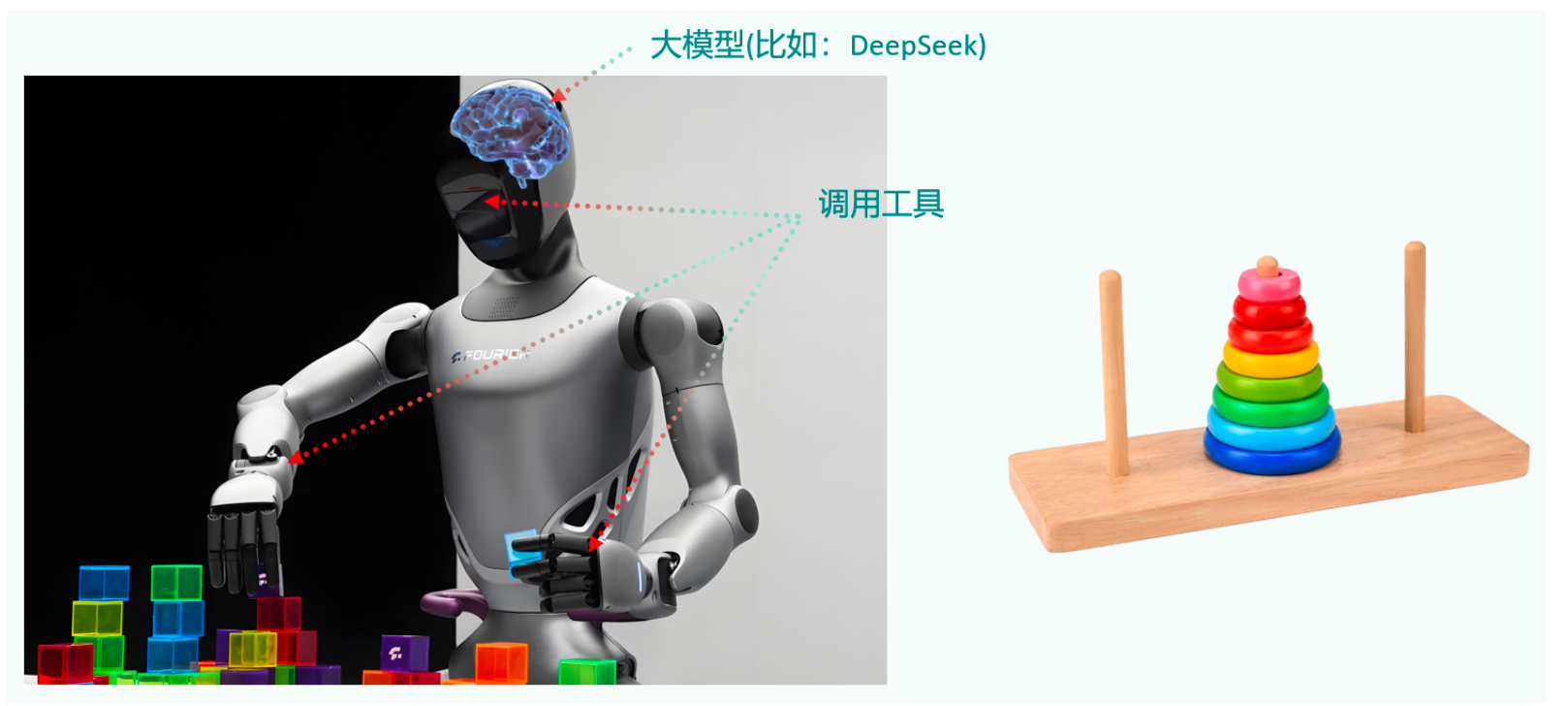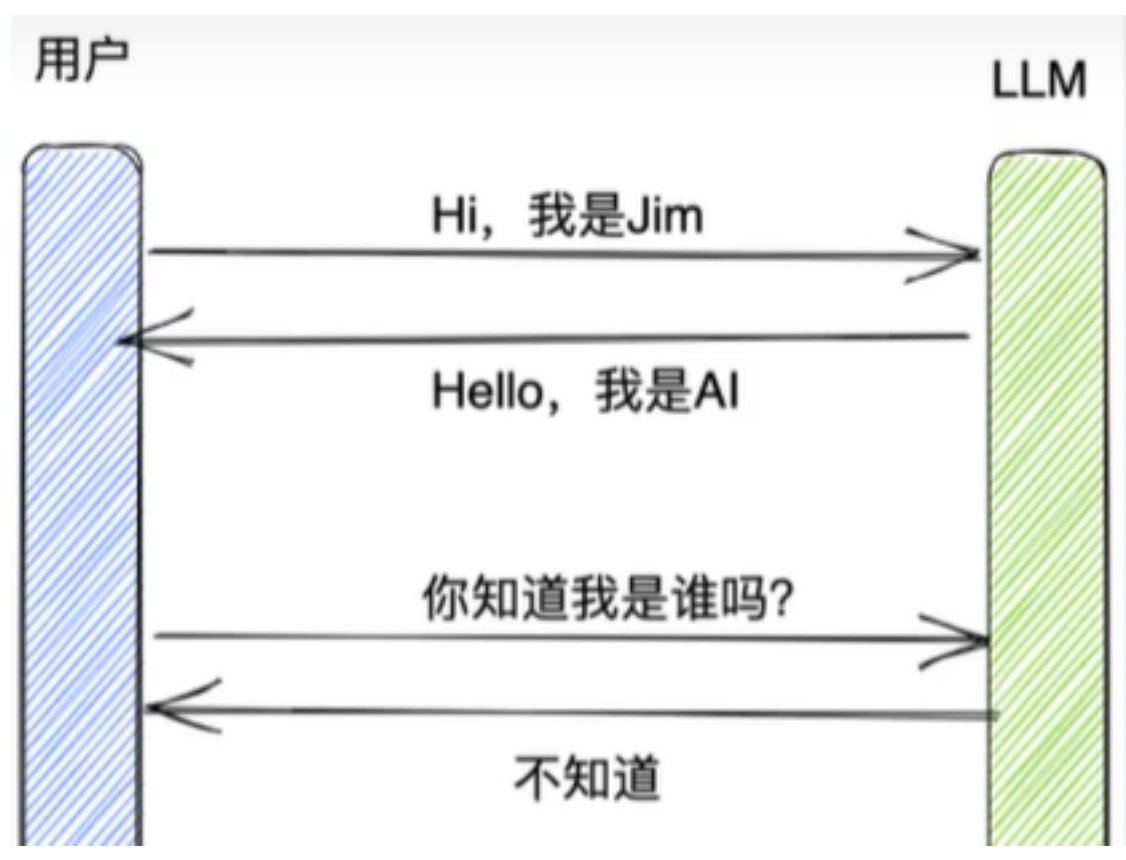LangChain使用之Retrieval
1、Retrieval模块的设计意义
- Retrieval直接翻译过来即“检索”,本章Retrieval模块包括与检索步骤相关的所有内容,例如数据的获 取、切分、向量化、向量存储、向量检索等模块。常被应用于构建一个“企业/私人的知识库”,提升大 模型的整体能力。
1.1 大模型的幻觉问题
- 拥有记忆后,确实扩展了AI工程的应用场景。
- 但是在专有领域,LLM无法学习到所有的专业知识细节,因此在
面向专业领域知识的提问时,无法给出可靠准确的回答,甚至会“胡言乱语”,这种现象称之为LLM的“幻觉”。 - 大模型生成内容的不可控,尤其是在金融和医疗领域等领域,一次金额评估的错误,一次医疗诊断的失误,哪怕只出现一次都是致命的。但,对于非专业人士来说可能难以辨识。目前还没有能够百分之百解决这种情况的方案。
- 当前大家普遍达成共识的一个方案:
- 首先,为大模型提供一定的上下文信息,让其输出会变得更稳定。
- 其次,利用本章的RAG,将检索出来的
文档和提示词输送给大模型,生成更可靠的答案。



